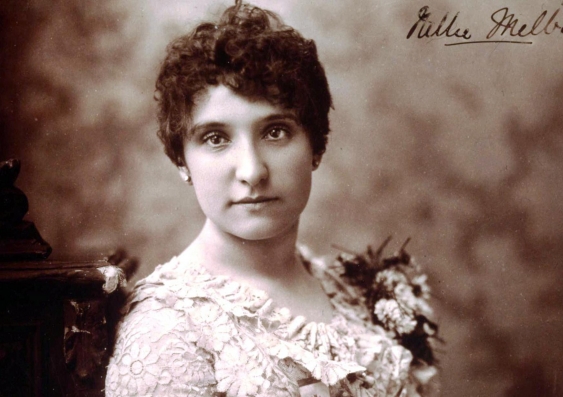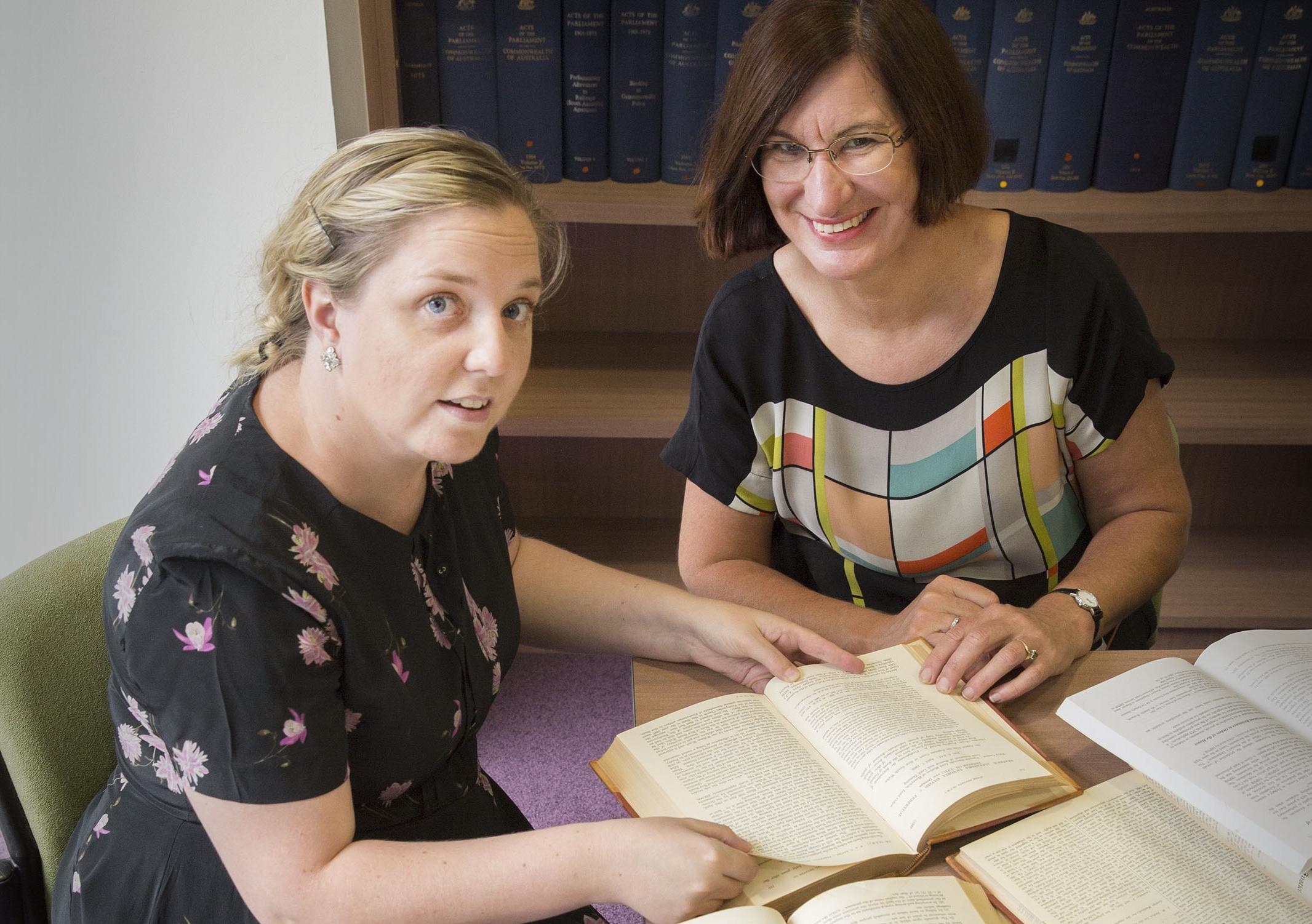Australian made
A historical study of five of our most acclaimed artists including Dame Nellie Melba and Norman Lindsay aims to uncover the impact of copyright on our cultural identity.
A historical study of five of our most acclaimed artists including Dame Nellie Melba and Norman Lindsay aims to uncover the impact of copyright on our cultural identity.

The year is 1904 and Australian diva Dame Nellie Melba, aka The Voice, is meeting in London with representatives of the Gramophone Company, later to become EMI.
Already an international star – her three-octave, pitch-perfect voice is described as “pure crystal” by French icon Sarah Bernhardt – Melba has her eye on the future.
Quick to recognise the potential of new technologies, Melba signs an agreement that will see her make more than 100 gramophone recordings over the next 15 years. Her polyvinyl discs are stamped with the distinctive mauve ‘Melba’ label and sold worldwide for a shilling more than those of other leading artists.
The contract is one of the earliest known for recorded music. It helps make the Gramophone Company a household name and cements the Australian soprano’s status as the most celebrated diva of her day.
The creative and business decisions of artists like Melba from the late 19th to the mid-20th centuries contributed to the development of Australian cultural identity and impacted strongly on the development of Australian copyright law, says UNSW Law Professor Kathy Bowrey.
“Melba had strong expectations of performance rights and was unusually strident in negotiating her terms of engagement,” Bowrey says.
Together with colleague Dr Catherine Bond, Bowrey is leading the first comprehensive history of Australian copyright law and its impact on our identity.
The ARC Discovery project will look at five of our most acclaimed artists and “tackle front-on the vexed political question of how copyright works in practice to serve the mutual interests of Australian creators and media owners”.
Read the full story in the latest issue of Uniken.
